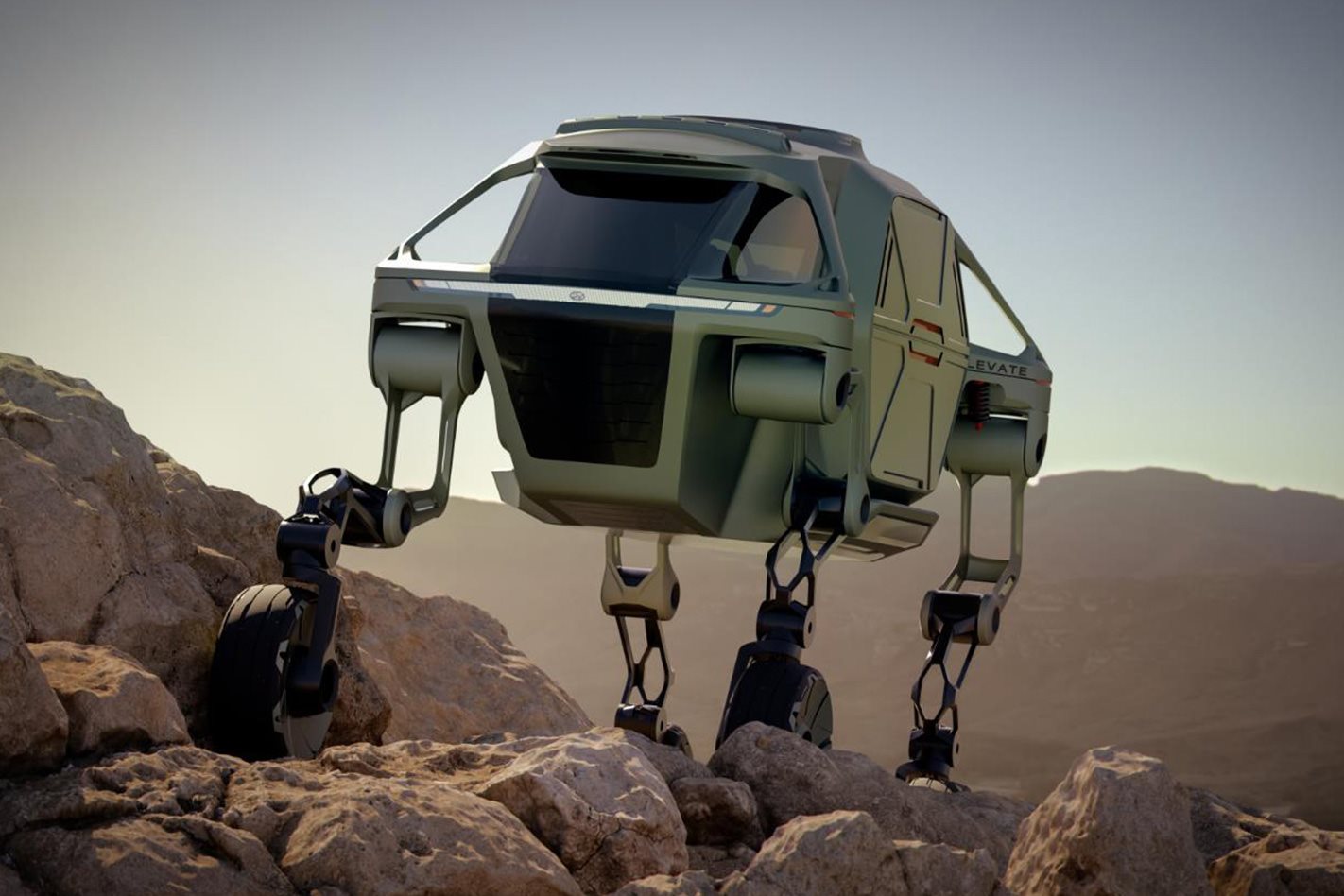
The Consumer Electronics Show (CES) in Las Vegas, long the launchpad for the latest tech in communications, computing and home entertainment, is steadily becoming popular with car manufacturers looking to showcase their new technology, future concepts and even new models.
We can understand why. After all, with new car buyers increasingly demanding more sophisticated technology inside their cars – and carmakers also keen to push the boundaries beyond combustion engines – CES in many ways makes a more appropriate environment to announce the latest-and-greatest developments in automotive than a traditional car show.
Here are some just some of the amazing products and ideas that wowed tech-heads in Las Vegas this week.
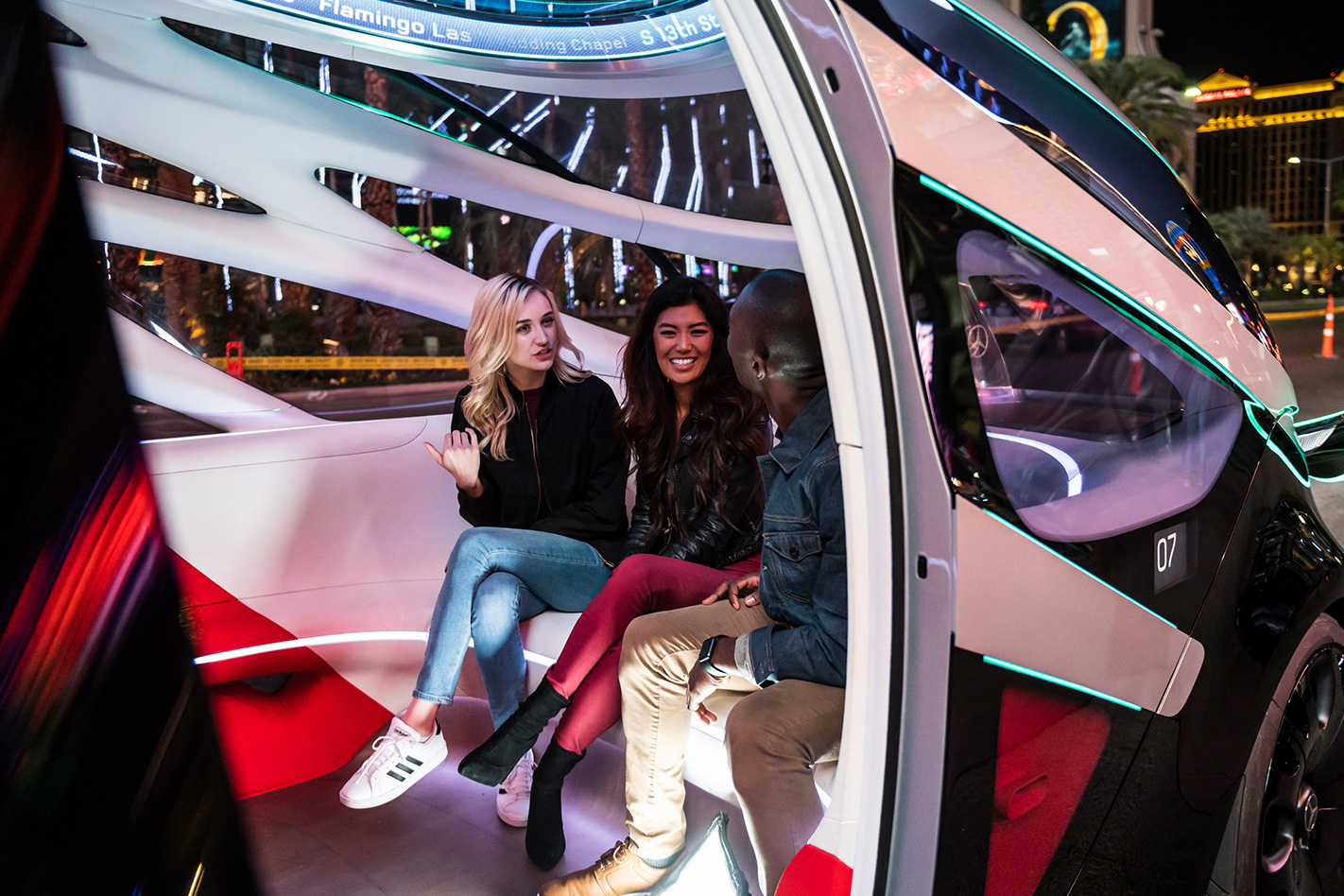
See more images in the above picture gallery
2019 Mercedes-Benz CLA
Benz snubbed this month’s Detroit Motor Show to reveal the next generation Mercedes-Benz CLA at CES 2019 instead. The all-new CLA is following in the path of the recently launched Mercedes-Benz A-Class, offering levels of technology not before seen in Merc’s smallest four-door coupe – or, in fact, aboard many of its larger, more expensive cars.
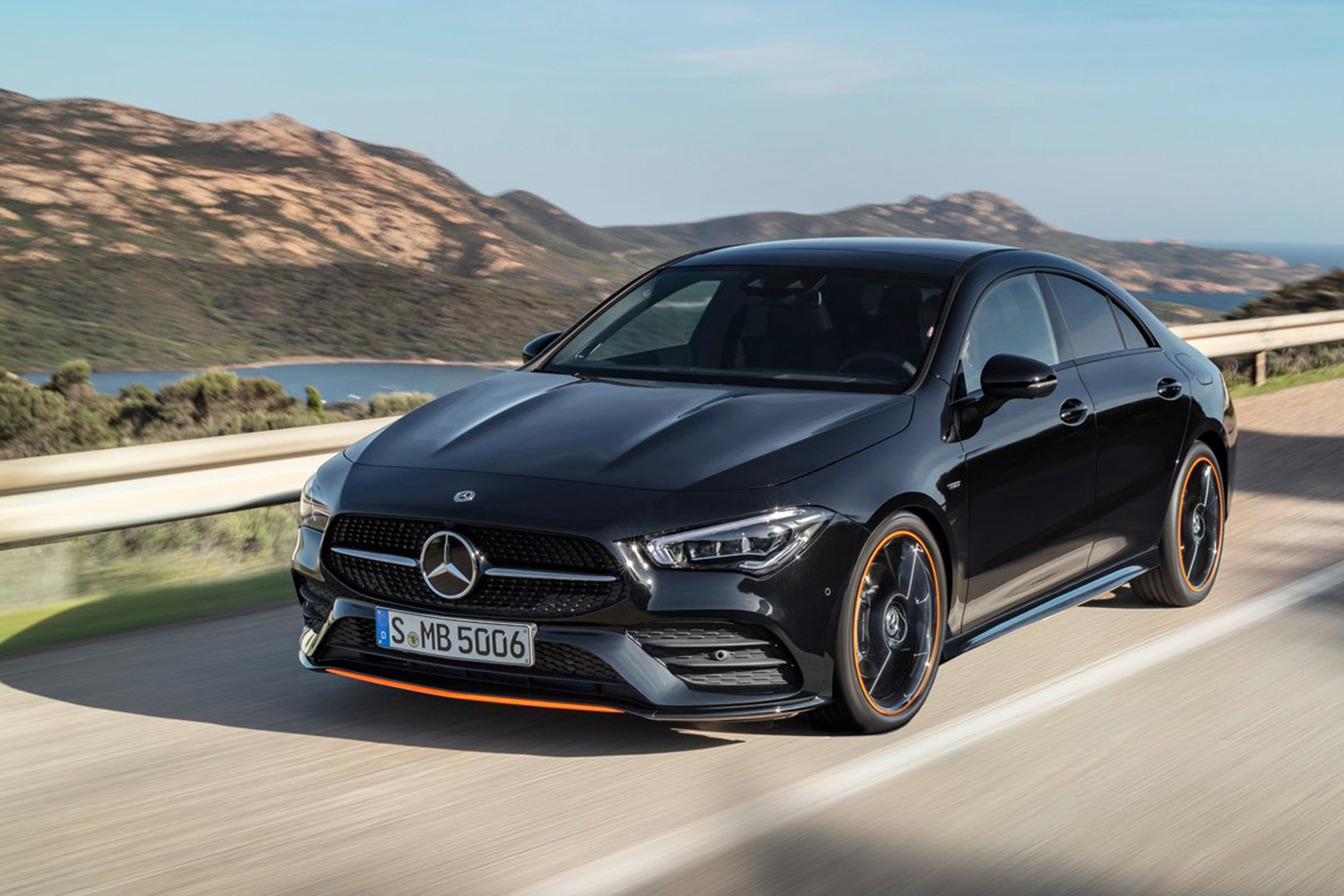
Only the CLA250 was confirmed at CES, which is powered by a 2.0-litre turbocharged four-cylinder petrol engine coupled with a seven-speed dual-clutch transmission, however expect more variants to be announced in due course – including a raucous CLA45 performance flagship.
Mercedes-Benz Vision Urbanetic concept
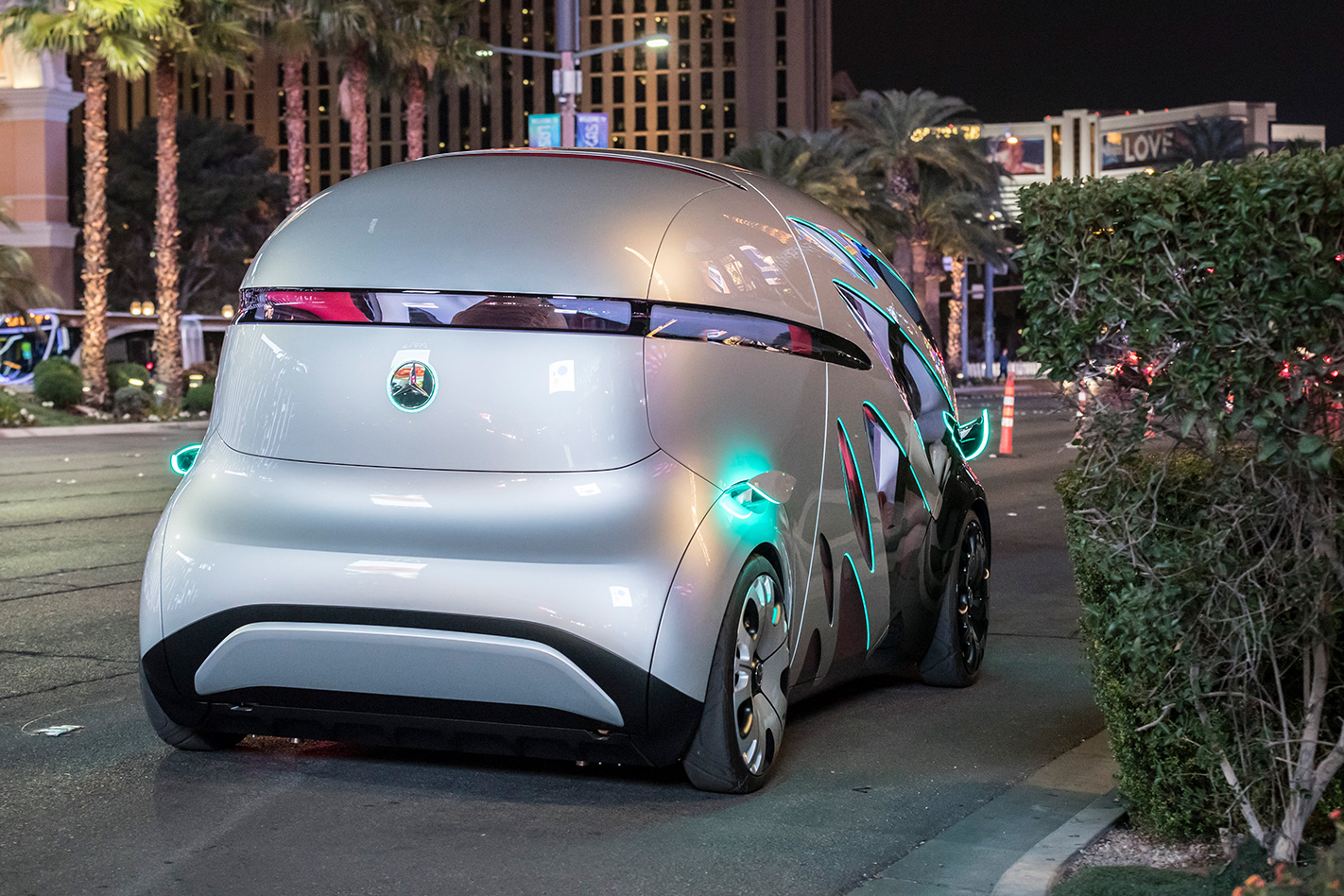
Mercedes-Benz also revealed a futuristic fully-autonomous pod that doubles as a people mover. The Mercedes-Benz Vision Urbanetic is based on an electrically-powered chassis and features a 5.14m body whose interior can be altered using cargo or people-mover modules, with the latter holding up to 12 people.
Users will be able to summon the vehicle and choose which interior configuration they require via a phone app, and once inside a 360-degree halo display on the ceiling that uses augmented reality will provide them visual information, such as upcoming stops or interesting facts about their surroundings.
Hyundai Elevate Walking Car concept
Designed with disaster-zone rescue in mind, the futuristic Hyundai Elevate Ultimate Mobility Vehicle (UMV) has wheels attached to telescopic legs that extend and move in a walking motion to help it negotiate very rough terrain. On normal roads the legs stow into the body to allow the UMV to travel at highway speeds. The wheels can also tilt to be used as feet to enhance the UMV’s climbing ability. It’s both creepy and incredibly cool at the same time.
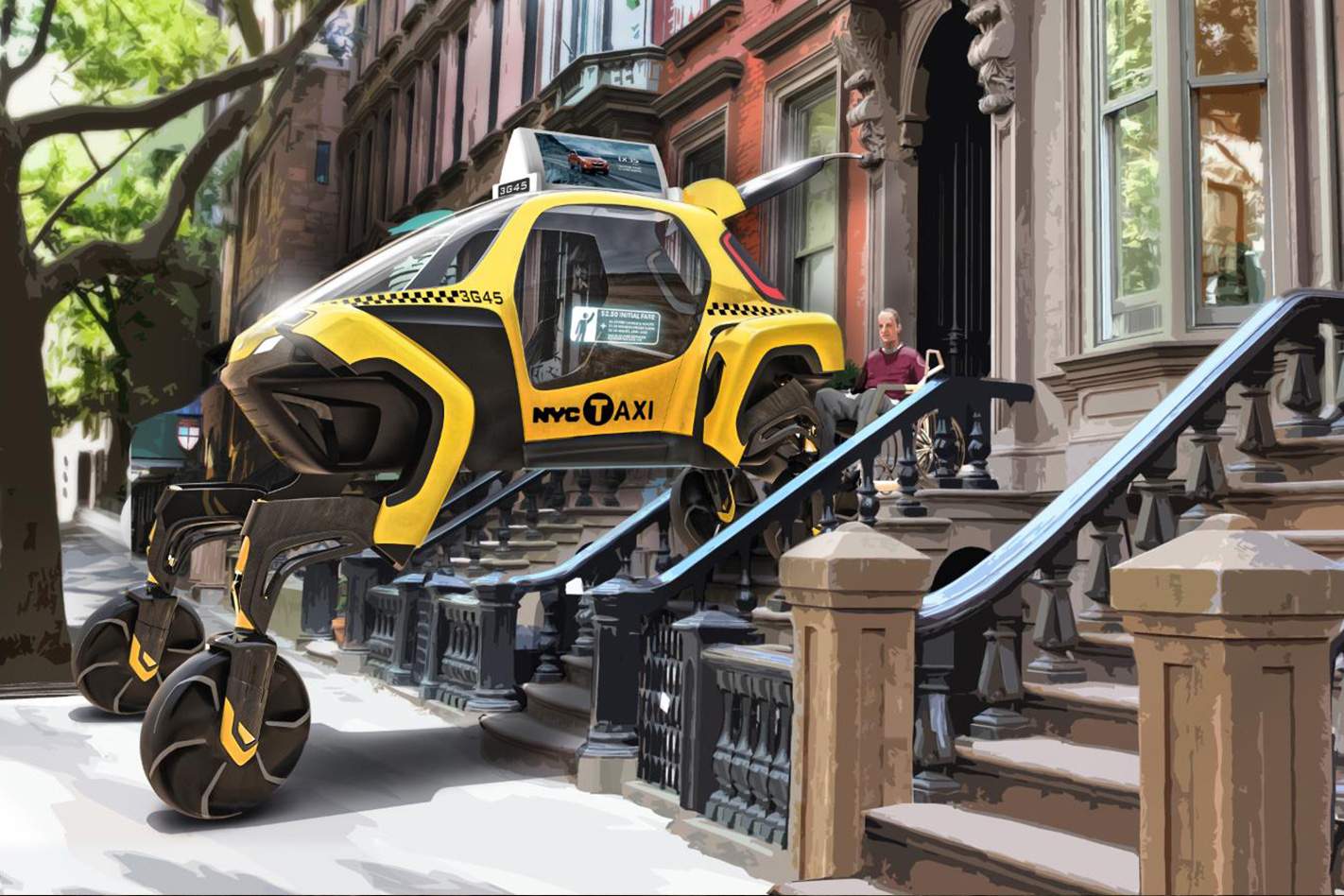
Hyundai Automated Valet Parking System
The Korean carmaker also showed off an Automated Valet Parking System (AVPS) for electrified Hyundai and Kia vehicles. According to Hyundai the driver arrives at a parking spot with chargers and gets out to allow the car to drive itself to a recharge point. Once the batteries are charged, the AVPS takes the car a parking spot to await the driver’s return.

Hyundai holographic augmented reality
Hyundai and up-and-coming Swiss tech company WayRay AG teamed up to reveal a holographic augmented reality (AR) navigation system that can overlay travel information and advanced driver-assistance systems (ADAS) onto the road.Fitted to a Genesis G80, the advanced head-up display is designed to keep the driver’s eyes on the road by displaying all necessary information straight ahead instead of the away from the eye line in the dashboard or touchscreen. The system can be used to project information such as turn-by-turn instructions, current speed limit and potential collision threats, except in a more three-dimensional way than current head-up display technology.

Nissan I2V augmented reality
Nissan also showed off its augmented reality tech, which it calls an Invisible-to-Visible (I2V) device. The system is designed to allow drivers to “see the invisible” by projecting a superimposed 3D map of the surrounding area, which is built using information from on-board sensors, cameras, and data from nearby vehicles.
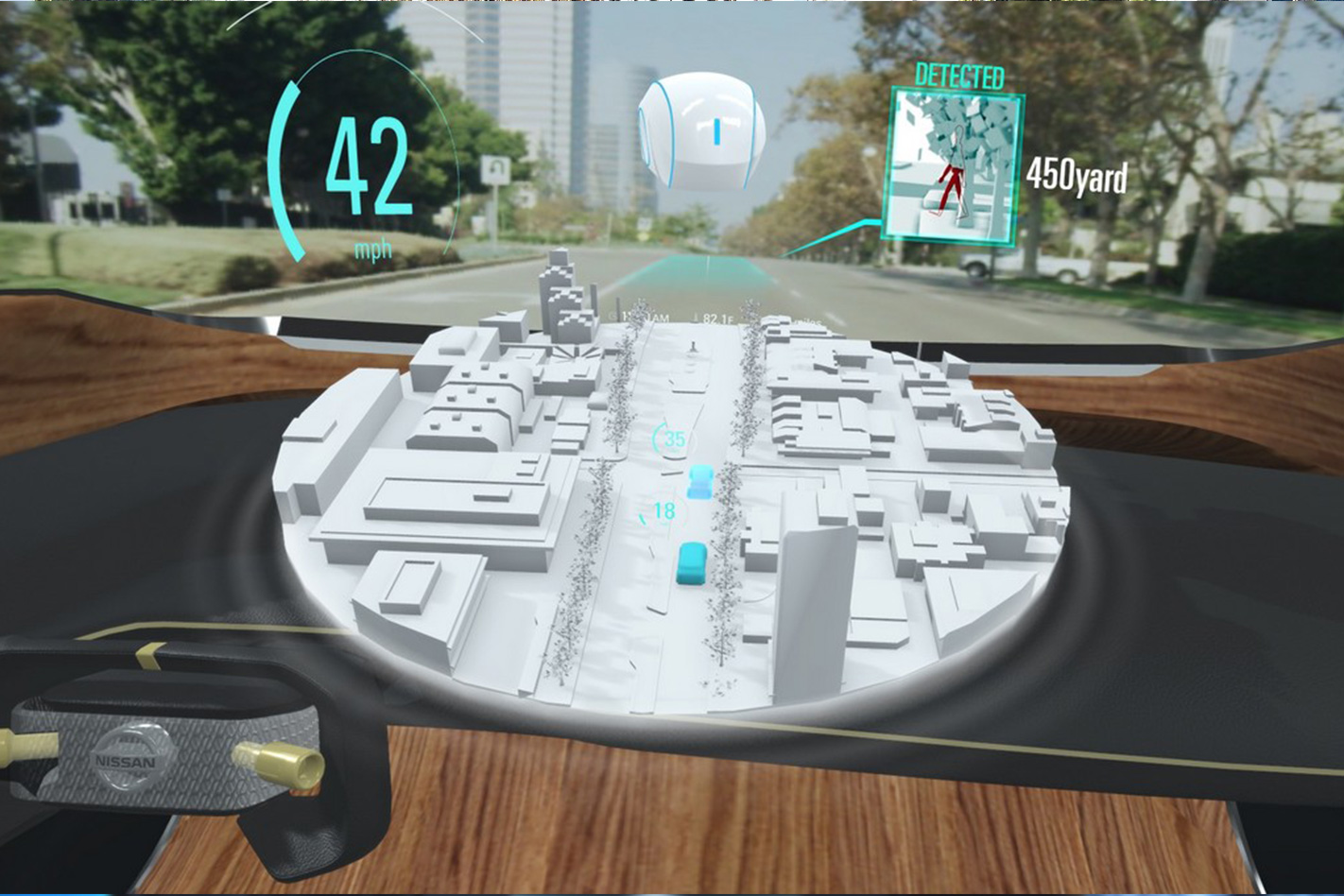
This allows the car to communicate with other similarly-equipped vehicles and ‘see’ them coming, even if they’re behind buildings or around corners, by superimposing a ‘ghost’ image onto the car’s glass to represent where they are in relation to the driver.
Ford C-V2X cellular tech
Ford is aiming to make cars smarter with cellular connected technology that will allow cars to talk with other vehicles and road infrastructure to foresee traffic congestion, detect risks and even know when traffic lights are about to change.
This kind of infrastructure-to-vehicle communication isn’t exactly a new concept, but up until now it’s existed mostly in a concept stage. Ford, however, has committed to launch the new C-V2X tech in the US in 2022, by which time high-speed 5G mobile connectivity will be widespread enough to allow the data-intensive system to work properly.
Harley Davidson Livewire
In a potentially applecart-upsetting move, iconic American motorcycle brand Harley-Davidson has revealed an electric sports motorcycle called the Livewire – the first production Harley to not boast the heavy throb of a combustion engine
Powered by a lithium-ion battery, the Livewire can travel from 0 to 100km/h in less than 3.5 seconds and has a 180km range between charges.
The distinctive Harley rumble is replaced by a more “futuristic”, and sociable, exhaust note with a lot less vibration. Priced at US$29,799 ($39,190), it’s expected to go on sale in Australia some time in 2020 at a price of $41,544.



